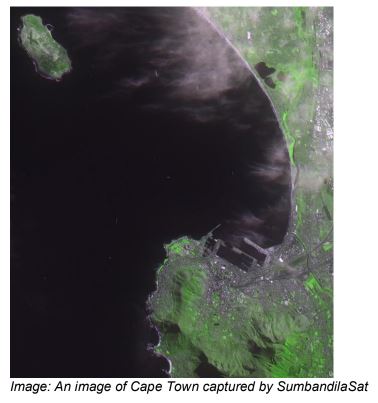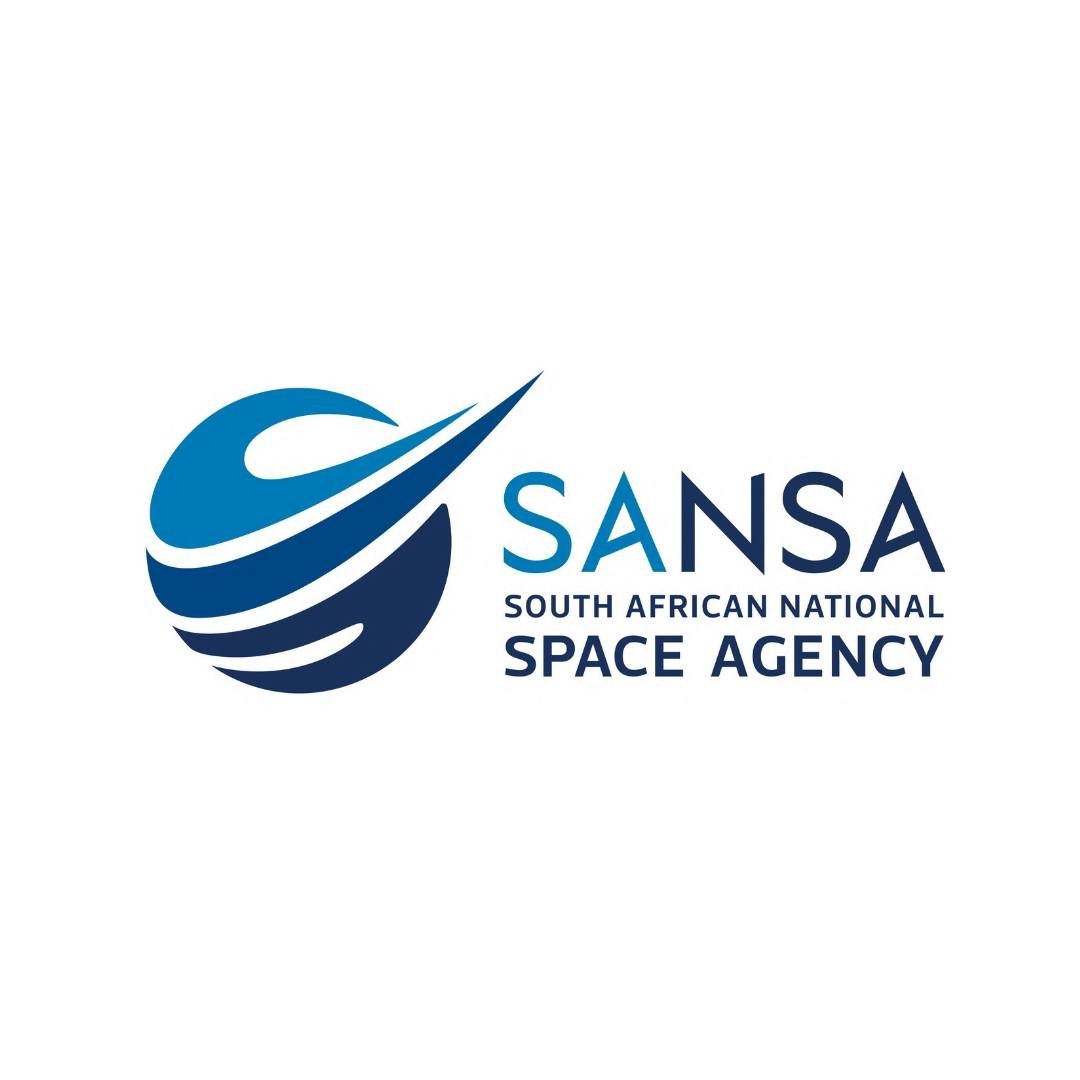Geomagnetic Storm to Hit Earth This Weekend
A strong geomagnetic storm is expected over the weekend which can disrupt communications...
The satellite was launched in 2009 and took a total of 1 128 high-resolution, usable images. The image data was applied in local research and on the Copernicus (previously GMES: Global Monitoring for Environment and Security) programme. The data also contributed towards disaster management like flood monitoring in Namibia and fire campaigns in the Kruger National Park. It also recorded timely images of the Fukushima nuclear disaster, as well as the Tuscaloosa tornado in the USA.
In May 2005, the then DST (Department of Science and Technology) of the South African Government commissioned Stellenbosch University and SunSpace to develop the ZASat pathfinder satellite program (later renamed SumbandilaSat), a technology demonstrator in conjunction with the South African industry. SumbandilaSat was delivered fifteen months later and launched from Baikonur, Kazakhstan on 17 September 2009 with monitoring and satellite support from the SANSA Space Operations facility in Hartebeesthoek.
SumbandilaSat was unfortunately launched right at the start of the 24th solar cycle when the sun became more active and therefore was exposed to ever increasing levels of adverse space radiation. Satellites are subject to radiation associated with space weather events and are affected by radiation events in several ways which can lead to early termination of their usefulness. On Wednesday 14 September 2011 data concerning the satellite’s primary function was received for the last time after a very two years. It has since been gradually losing altitude and will most likely burn up in the atmosphere while re-entering the earth’s atmosphere on Friday 10 December 2021.
SumbandilaSat, although crippled because of space weather phenomena, continued to provide valuable engineering data during its more than 12 years in orbit allowing the South African Space Industry to build on this successful mission. The South African National Space Agency (SANSA) has been monitoring space weather since 2011 when it launched a limited research and development Space Weather Centre at its facility in Hermanus. This facility is currently being upgraded to a fully operational 24/7 space weather warning centre for the African region by 2022, along with advanced research capabilities in the space weather field.
The SumbandilaSat mission not only re-established South Africa as a space-faring nation with an in-orbit small technology demonstrator, but also fostered human capital development. The programme allowed for the training of nine new black trainee engineers (four of which were female) and broadened the experience of 78 2 other engineers. On the academic front, the Sumbandila program produced 18 Masters and two PhD students in engineering at Stellenbosch University.
Dr Val Munsami, CEO of the South African National Space Agency (SANSA) says the Sumbandila mission has demonstrated South Africa’s capability in space engineering and has paved the way for more satellite missions as part of the Space Infrastructure Hub (SIH) currently in development. The SIH will see a suite of different classes of satellites being launched in the coming years drawing on the heritage created through the Sumbandila mission.
Although we as a nation are saddened to witness the end of this aspirational satellite, this has led to the establishment of the nanosatellite missions of ZACUBE 1 and 2 by the Cape Peninsula University of Technology (CPUT). The satellite constellation will see the addition of a further seven nanosatellites that are in development for support to Operation Phakisa (monitoring of the marine environment and economy).
Further, investment in human resources through the SumbandilaSat era has contributed towards SANSA’s programme of skills and industry development for future space missions.

The South African National Space Agency (SANSA) in Hermanus leads SANSA’s, Space Science Programme. SANSA forms an integral part of the worldwide network of magnetic observatories and assists in monitoring the near-Earth space environment. Additionally, SANSA also provides vital information on spa...
View ProfileXplorio is your local connection allowing you to find anything and everything about a town.
Read MoreA strong geomagnetic storm is expected over the weekend which can disrupt communications...
(SANSA) is excited to invite the public, local community, and stakeholders to its open day on 5 October 2024.
High school learners from local schools in the Overstrand had the opportunity to meet an international astronaut last week.
You are invited to attend the SANSA Space Talk: Space Weather Impacts on Commercial Space by Prof. Mark Moldwin.
A historic solar storm impacted Earth throughout the night on Friday, 10 May 2023 and continued into Saturday, 11 May 2024.
SANSA hosts local youth for practical experience during their engineering studies.
